I’ve taken many many photos over the course of my photography career. Most of them end up in the discard pile. There’s all kinds of reasons why. Still, most people would be surprised at just how many photos I take and discard. However, I know I’m not unique there. Keep reading to learn more about why I take so many photo rejects.
Serious photographers click the shutter with purpose. However, not every attempt ends up working out. In fact, most of the attempts don’t work out for all kinds of different reasons. Those failed attempts become the photo rejects. This phenomenon has been going on since the early days of photography. Take this quote for an example.
“I guess I’ve shot about 40,000 negatives and of these I have about 800 pictures I like.”
– Harry Callahan
As you probably guessed, the remaining 39,200 or so negatives ended up in the photo rejects pile and otherwise discarded. Thanks to digital photography, my photo rejects pile is probably much bigger. Here are some of my photo rejects and the reasons why I rejected them.
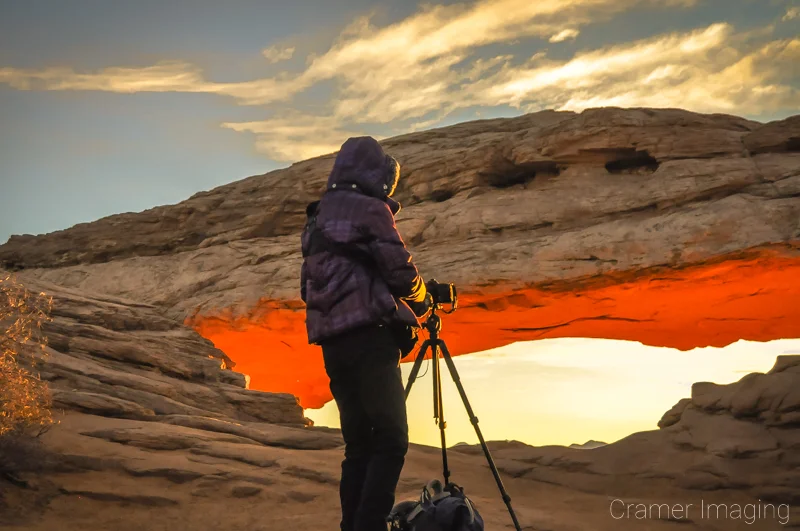
First Level Culling Photo Rejects
As I first view my latest batch of photos, I go through several levels of culling. During this process, many photos end up on the chopping block. Here are a few preserved examples and the reasons why I rejected them.

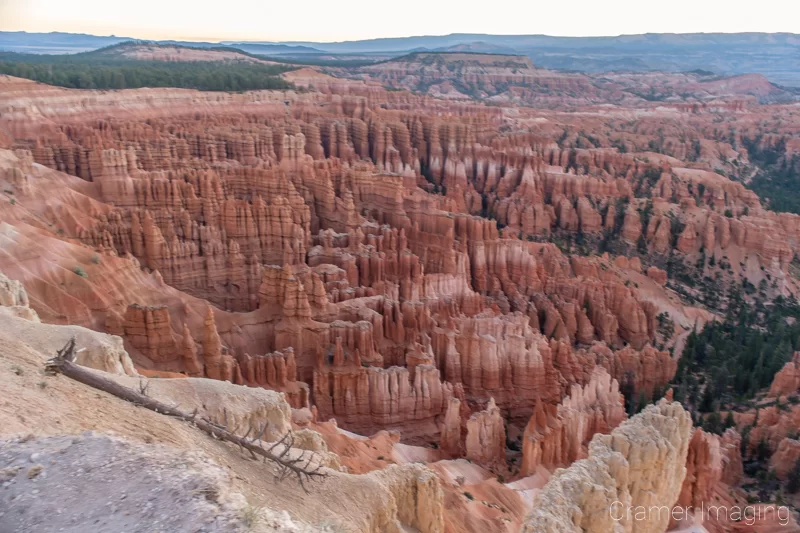
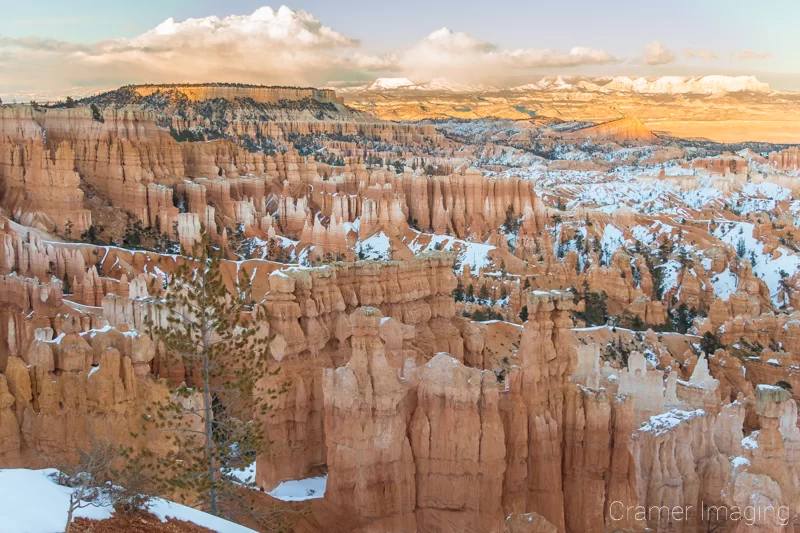
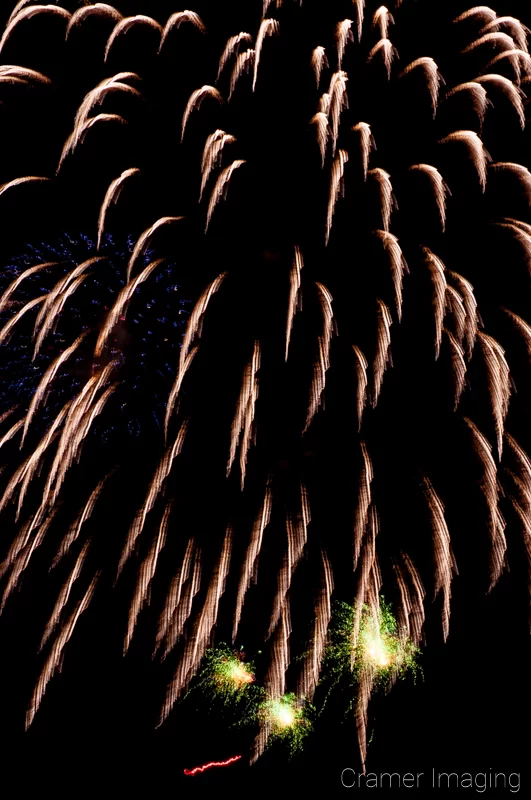
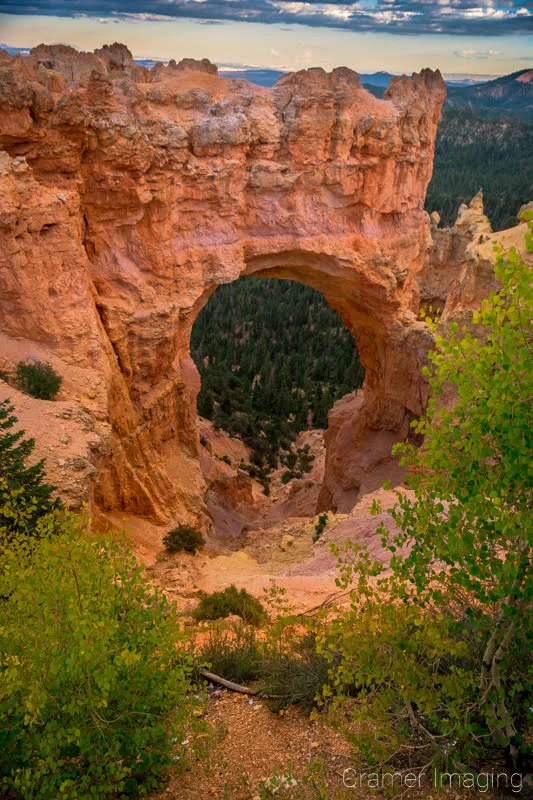
Photo Rejects Made During Processing
Once I’ve identified all those photos which hold the most promise, even all those photos don’t make the cut. I end up rejecting several more during my processing. This is often because the photo is lack-luster. However, other issues pop up while processing which also necessitate culling. Here are a few such preserved examples.
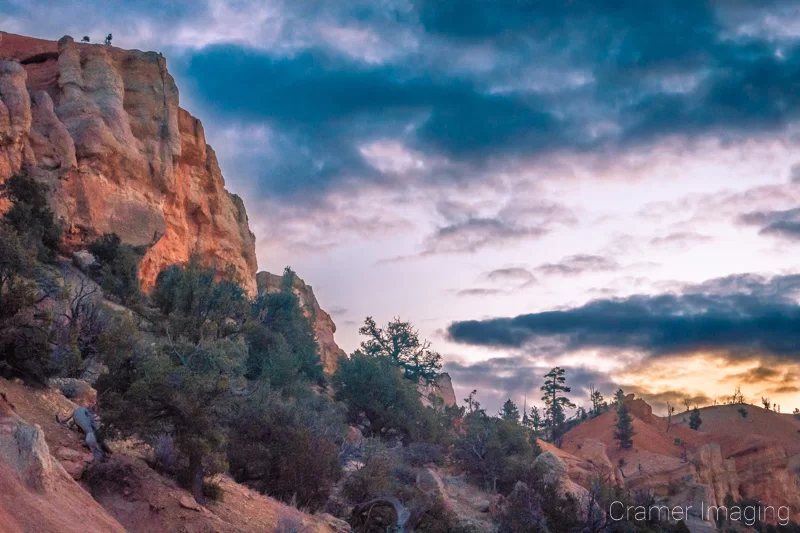
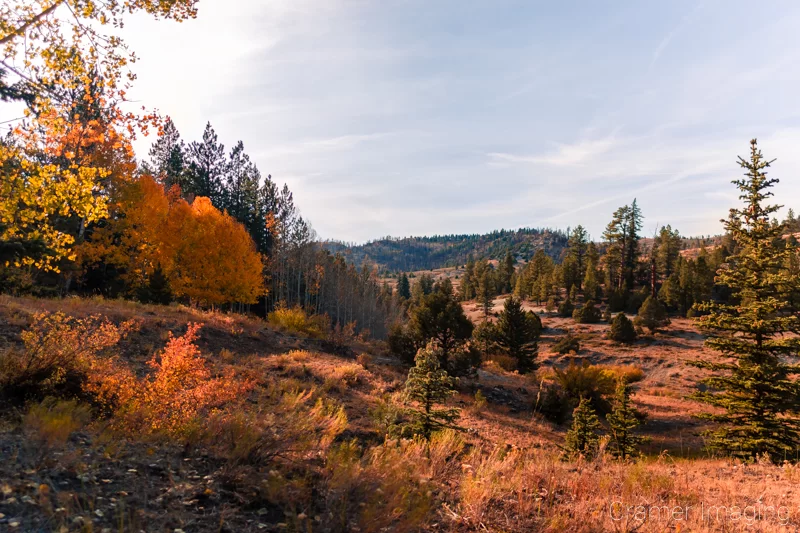
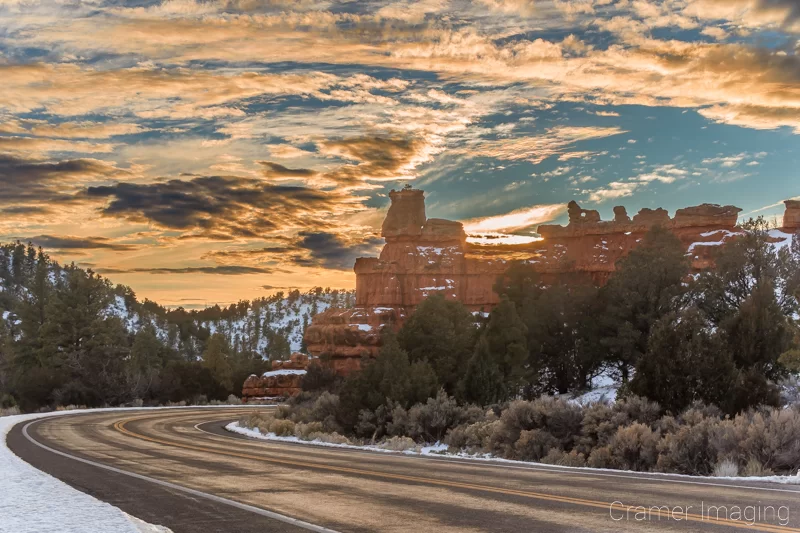
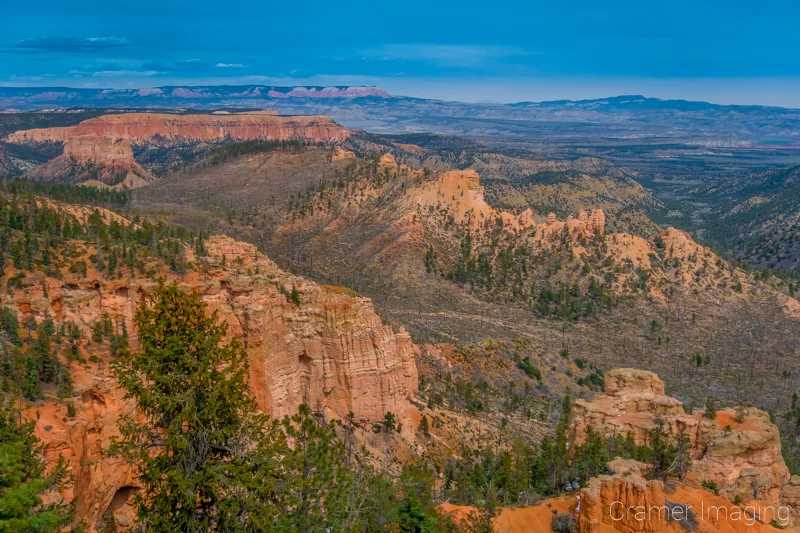
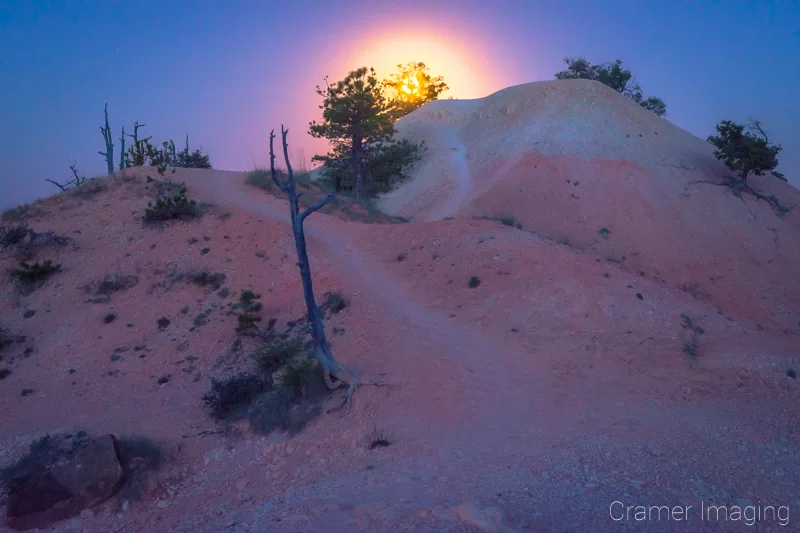

Conclusion
As a photographer, my reject pile is indeed large. It grows with every photo shoot I take. Sometimes I must take as many as 100 lesser photos destined for the reject pile in order to capture a single gem worth selling. In fact, I reject photos for many different reasons. So do other photographers. I hope that this glimpse behind-the-scenes helps you understand more about my process as a photographer.
If you would like to check out some of those rare gems which did not end up in the discard pile, you should check out my online store.


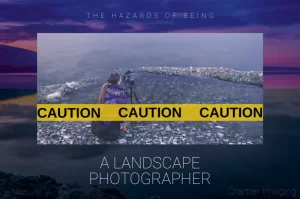

I like this article for giving a different perspective to the creative process. Rejection is indeed part of that process. All artists in whatever artistic field they work in have to reject work they do. Photography is no exception. Thanks for sharing!
Glad you enjoy!